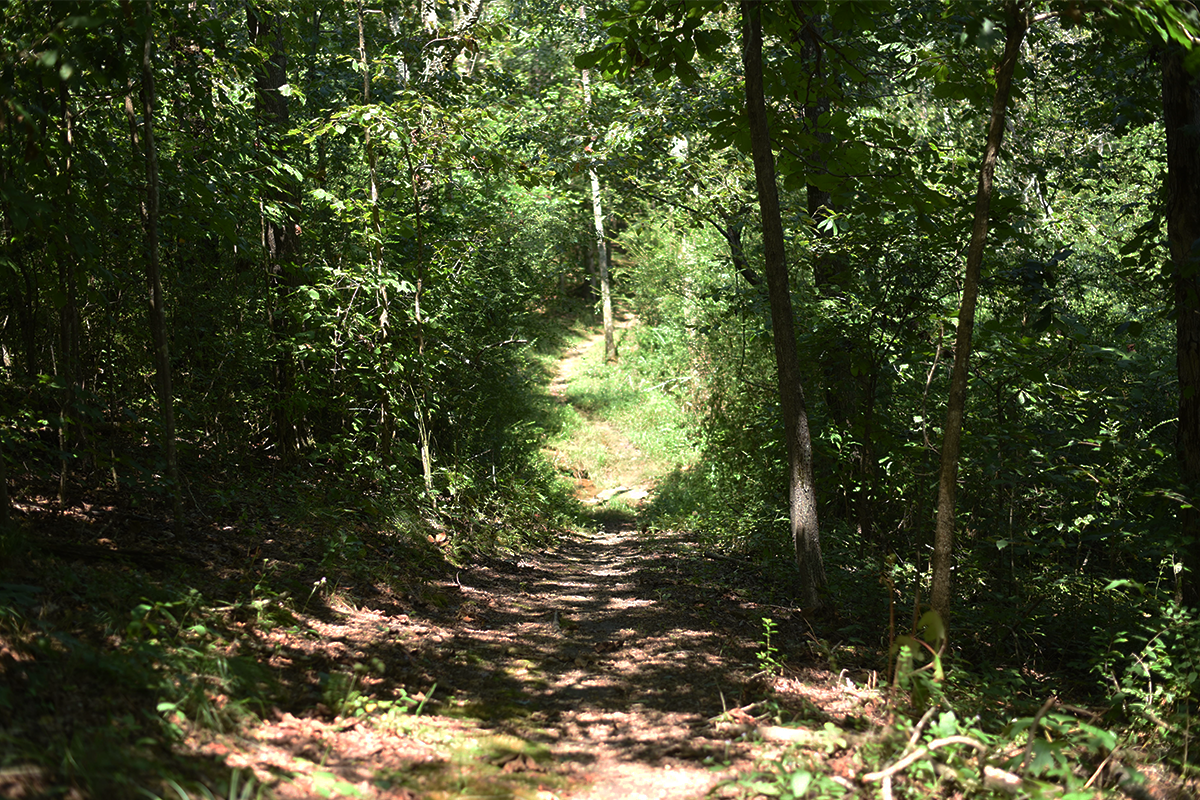The Mighty Duck
Published in The Cullman Times
It took nearly 22 years for the Duck River project to come to fruition — nearly the same amount of mileage that wraps around the reservoir today. Without this impressive 640-acre lake, the city of Cullman wouldn’t have the assurance of a steady water supply for the next 75 years, possibly more. In many ways, it can be argued that while searching for the solution to the community’s water supply problem, the city and county inadvertently built a new pathway that serves locals in multiple ways. It’s an outcome that agriculturists, avid anglers and fitness enthusiasts can all get behind.
Building the Duck
Before the bikers came and hikers traversed through the trail’s meandering 21.8-mile path, the Duck River Dam and Reservoir was an idea birthed out of sheer need — the need for water. The river’s story can be traced back to the early 90’s when the Appalachian Regional Commission gave the city a $5 million grant to study the community’s water shortage problem.
“We only had Lake Catoma (as a water source) at the time, which provided 20 million gallons of water a day,” said Susan Eller of the Cullman Economic Development Agency. That dwindling water supply coupled with a drought had the community using 24 million gallons on some days — exceeding what Catoma could provide.
Calling on the Nashville Division of the U.S. Army Corps of Engineers, the Utilities Board of the City of Cullman launched a study to look at potential emergency water sources like Flint Creek, Smith Lake, the Tennessee River and multiple other groundwater sources. All ideas came up dry, however, and only one prospect was left standing at the end — Duck River.
At this point in the reservoir’s story, the emphasis was all on water supply. It wasn’t until the city applied for their 404 permit that a recreational requirement came into play. That’s when local civil engineering firm St. John & Associates stepped in to write the next chapter, which called for a single-track, multi-use trail system that would eventually become the Tim Scott Recreational Trail.
In an effort to jumpstart the trail’s construction, the city commenced with the first phase of the trail while completing the application for funding assistance from the Recreational Trails Program. The phase included 8.8 miles of trails built by the International Mountain Bike Association under contract with the Cullman Utilities Board. Multiple trail access points, boat ramps, fishing piers and ample parking were just some of the pillars of the plan.
Taking full advantage of the reservoir’s required 100-foot buffer zone, the engineering firm worked with the reservoir’s verdant landscape dotted with rolling streams and rocky terrain to build a trail system that would attract community members and outsiders alike.
“As soon as we opened the trails, people started coming from all throughout North Alabama,” Eller said.
Taking to the Trails
The first time Bethany Story stepped foot on the Tim Scott Recreational Trail, there were no mile markers and the reservoir hadn’t been bestowed with the famed Christmas rainfall of 2015.
“I ran six miles in the fresh mud and loved every minute of it,” said Story, who is about to embark on her second marathon. “I heard about Duck River from a friend. I had only been living in Cullman for three months, so I wasn’t too familiar with the water supply need for a new reservoir.”
All Story was seeking was some trails where she could get her heartrate up and some dirt on her shoes. She found that and more at Duck River.
“I have run and mountain biked there several times in the past four years, and the trails seem to be much better maintained lately with clearly visible distance markers,” she said. “It’s nice to have such a great trail system right here in Cullman — whether you want to leisurely walk along the trail, crank out a 15-mile run or bike the entire loop.”
Story is one of many North Alabama residents who have taken to the trails for recreational enjoyment. Anglers can often be spotted lining the reservoir, waiting for the bite of largemouth bass or simply enjoying the serenity the reservoir offers. Surrounded by Alabama pines and the steady hum of nature, the reservoir has come to represent the life-giving resource that it was intended to accomplish since day one.
Although it’s doubtful that visitors rarely sit and ponder how many gallons of water the reservoir is supplying the community, it’s nice to know that a city project meant to address a need has grown into an asset that benefits the area in more ways than one. And the city, county and utilities board (which owns the reservoir and surrounding buffer zone) is far from finished looking at ways to improve the evolving trail system.
“We’re possibly looking at doing a triathlon out there,” Eller said.
On paper, the reservoir accomplishes a human need — more water. To the mind and soul, however, it plays a much larger role. It’s an oasis for anglers to escape their nine to five travails. It’s a pathway for runners to break free and remember what fresh air smells like. It’s a place where aspiring mountain bikers can coast down hills and pedal higher toward their goals. It’s Duck River.


